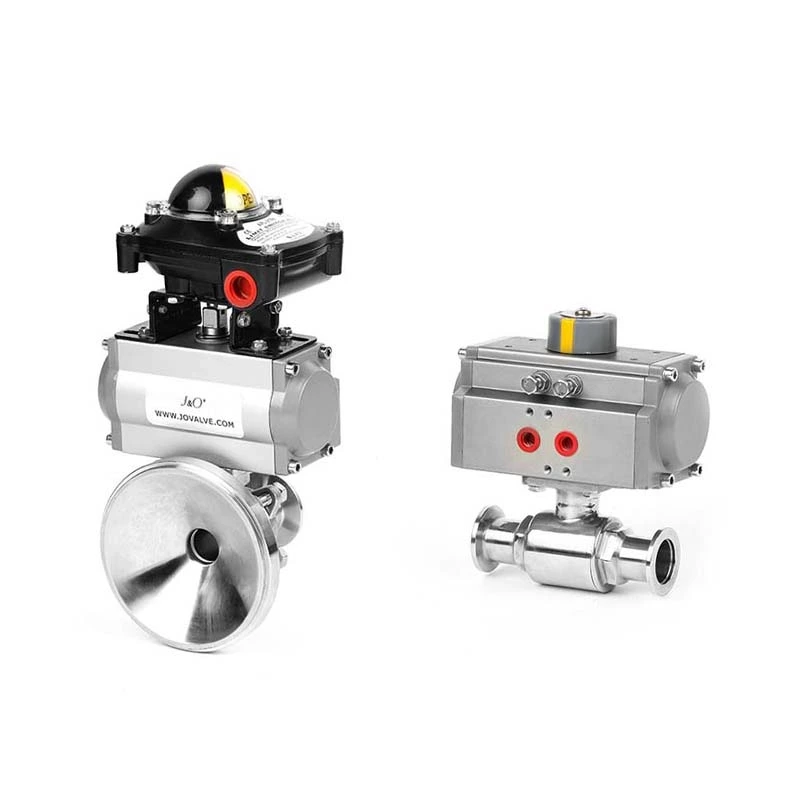How To Install Sanitary Ball Valve More Safely?
Sanitary Ball Valve How to install? How to install and operate sanitary ball valve? What precautions should be taken during installation? Let's take a look at it together! The butterfly plate of the sanitary ball valve is installed in the diameter direction of the pipeline. In the cylindrical channel of the sanitary valve, the disc-shaped butterfly plate rotates around the axis. The rotation angle is in the range of 0°~90°. When it rotates to 90°, the valve will enter the fully open state. It needs to be installed according to the manufacturer's installation instructions. The heavy ball valve requires a solid foundation.
If the ball valve is required to be used as a flow control, the main thing is to correctly select the size and type of the sanitary ball valve. The structural principle of the ball valve is suitable for making large-diameter valves. The ball valve is not only widely used in general industries such as gas and chemical industry, but also in the cooling water system of thermal power plants.
The installation of sanitary ball valves involves multiple steps and precautions to ensure its safety and effectiveness.
The following are some key installation steps and precautions:
Preparation: Before installation, you need to ensure that all necessary equipment and materials are ready. In addition, the appearance of the ball valve should be checked to ensure that there is no damage and be prepared for necessary tests.
Follow the design requirements: The installation position, height and inlet and outlet directions should meet the design requirements. Ensure that the ball valve is installed firmly and stably, and the connections should be tight and leak-free.
Test and verification: Before installation, testing and verification should be carried out in accordance with regulations. Verification includes appearance inspection, strength and tightness tests, etc. to ensure the performance and safety of the ball valve.
Cleaning and washing: Before installation, the ball valve and related pipeline parts need to be cleaned and washed. This ensures the cleanliness of the inside of the ball valve and prevents impurities or contaminants from entering the system.
Correct installation steps: According to the type and specification of the ball valve, install it according to the manufacturer's guidelines. Make sure that all parts are correctly installed in the designated positions and tighten the screws and bolts according to the specified torque and sequence.
Avoid abnormal conditions during use: During operation, excessive switching or twisting should be avoided. Deal with any abnormal conditions, such as leakage or operating problems in a timely manner to prevent further damage or accidents.
Maintenance and inspection: Regularly inspect and maintain the ball valve to ensure its normal operation and long-term reliability. Maintenance and inspection should include operations such as cleaning, lubrication and tightening.
Note: During installation, be careful not to damage the sealing surface or related parts. Avoid using inappropriate tools or excessive force to avoid damaging the ball valve or causing safety problems.
The installation of sanitary ball valves requires certain steps and precautions. Proper installation and maintenance are the key to ensuring the safe and effective operation of the ball valve. If you have any questions or uncertainties about the installation process, it is recommended to seek help and guidance from our professionals.
